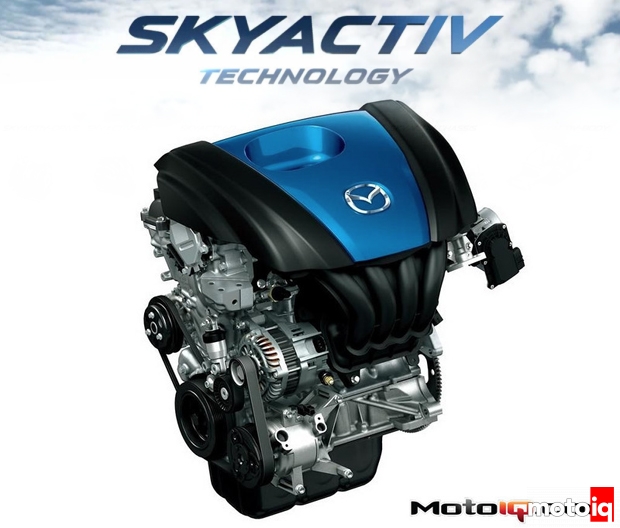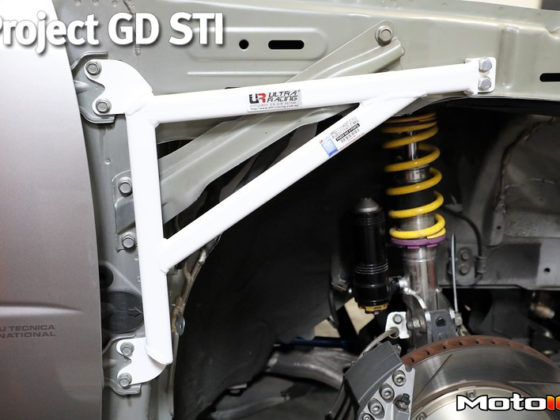,
The Miller cycle is used in the current Skyactiv-G 2.5L turbo engine (in the CX-9) at low engine loads to improve efficiency. I got my wife into a 2016 Mazda CX-5 with the 2.5L Skyactiv-G engine, and it spends the majority if its time around 1500rpm when cruising around at city speeds. This engine operating range is where you don’t need power (only takes a few horsepower to go 30-40mph) and wants maximum efficiency. Side note, if you need a practical CUV that’s actually fun to drive and catered towards driving enthusiasts, I HIGHLY recommend the CX-5. The handling, steering, throttle and transmission calibration are all geared towards people who like to drive with spirit. What would be really awesome is if Mazda put the 2.5L turbo engine from the CX-9 into the CX-5. Just sayin’.
The Skyactiv-G released almost half a decade ago was Mazda’s next step towards the Skyactiv-X. Mazda was able to run an unheard-of 14.0:1 compression ratio on unleaded gasoline. As mentioned before, higher compression ratio leads to higher thermodynamic efficiency which translates into better power and fuel efficiency. Part of the equation enabling the high compression ratio is direct injection. Another part of the equation, Mazda was able to achieve this compression ratio on pump gas by minimizing the mass of exhaust gas leftover in the cylinder. Residual exhaust gas is hot which increases the combustion temperature leading to knock. By using a tuned 4-2-1 header, the mass of residual exhaust gas was reduced, more fresh cold air gets sucked into the cylinder, and a higher compression ratio can be used without knocking. It’s our thought they developed some advanced knock prediction algorithms too in their ECU in order to predict and avoid knock.
 These diagrams from Mazda show how their header design is able to reduce residual gas from 8% to 4%. The reduction in residual gas lowers combustion temperature allowing the Skyactiv-G to bump the compression ratio up to 14:1 from 11:1.
These diagrams from Mazda show how their header design is able to reduce residual gas from 8% to 4%. The reduction in residual gas lowers combustion temperature allowing the Skyactiv-G to bump the compression ratio up to 14:1 from 11:1.

Back to the Skyactiv-G 2.5T turbo engine, it uses a compression of 10.5:1, which is high for a boosted engine. On top of that, it’s able to burn regular 87 octane giving 227hp; if 93 octane is dumped in, the power increases to 250hp. How was Mazda able to do this? They used a couple of techniques. One, they used the basic principle of scavenging similar to the NA Skyactiv-G for maximum torque at lower engine speeds and high BMEP (brake mean effective pressure, or basically what makes torque). At high engine speeds and high BMEP, cooled-EGR (exhaust gas recirculation) is the technique used to resist knock. At low BMEP (low load, low torque), the engine operates using the Miller cycle to maximize efficiency. The variable valve timing (VVT) ability used for Miller cycle gives Mazda one knob to turn to control the timing of HCCI combustion by adjusting compression ratio. There is a limitation to variable valve timing in that the response time of the system may not be fast enough to react from one power stroke to the next. So this is where Mazda’s Spark Controlled Compression Ignition (SPCCI) comes into play, but we will get to that in a bit.
The other part of combustion is heat release rate which is basically how fast the fuel burns. Part of the nature of HCCI is the heat release rate and pressure rise in the cylinder are very fast. At higher engine loads with more fuel, it happens even faster. When it happens very very fast, it adds a lot of stress on the parts along with becoming uncontrollable. How does one slow down the heat release rate and pressure rise rate a bit? By increasing charge dilution, which is basically putting a bunch of inert mass into the cylinder that gets in the way of combustion, slowing the process down.
EGR is one method to introduce charge dilution and has been found to significantly affect the heat release rate in HCCI by acting as charge dilution or adding mass that will not combust. It’s a good thing Mazda has been using an EGR system on their 2.5T turbo engine and likely Skyactiv-D. One downside to using EGR is the system is relatively slow to react, so it’s not suitable for doing quick adjustments to obtain the optimal HCCI conditions for combustion. At higher engine speeds and loads, more charge dilution is required, which means cramming more air mass into the cylinder. This is where the supercharger comes into play, adding more air mass to create more charge dilution to help control the reaction rate of combustion extending the range of HCCI combustion.

As mentioned, one of the characteristics of HCCI is the very fast burn which creates a lot of cylinder pressure over a small crank angle similar to diesel. Therefore, the Skyactiv-X engine architecture has to be built similarly to a diesel. This is where their diesel experience and Skyactiv-D have come into play.




